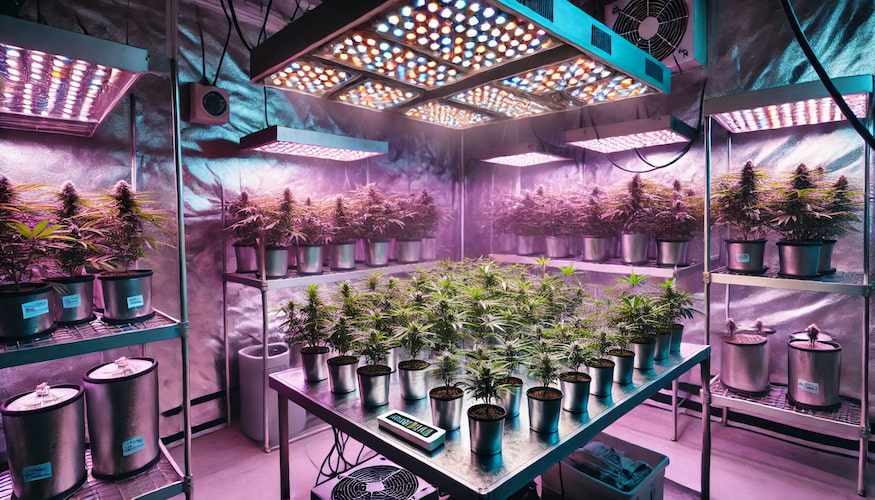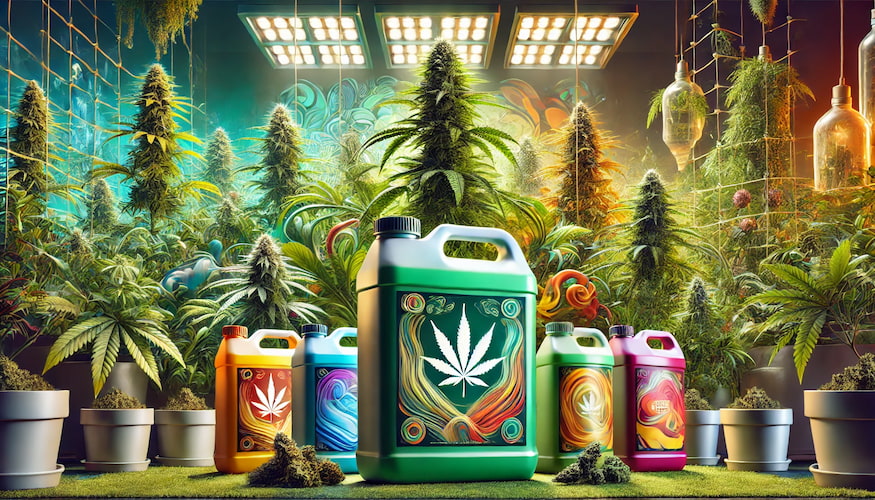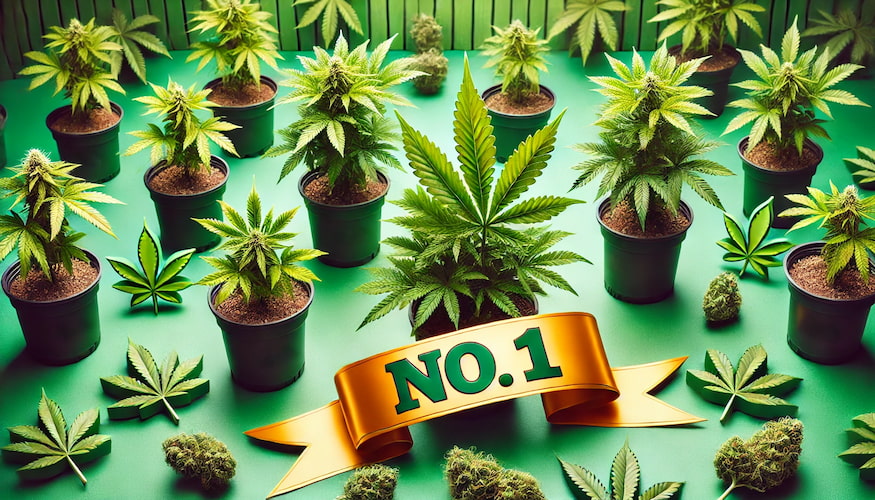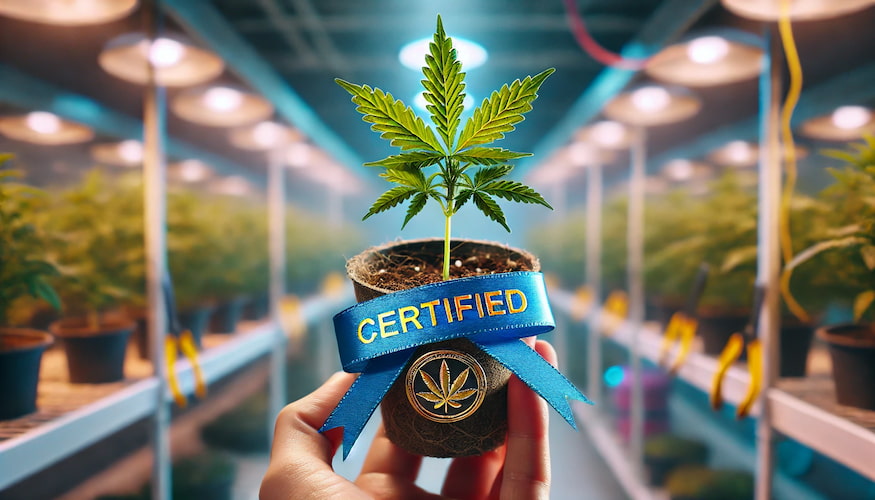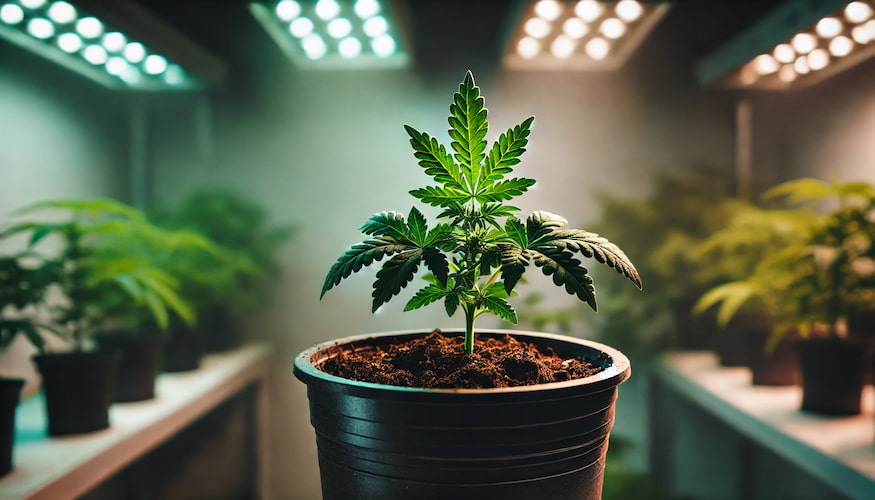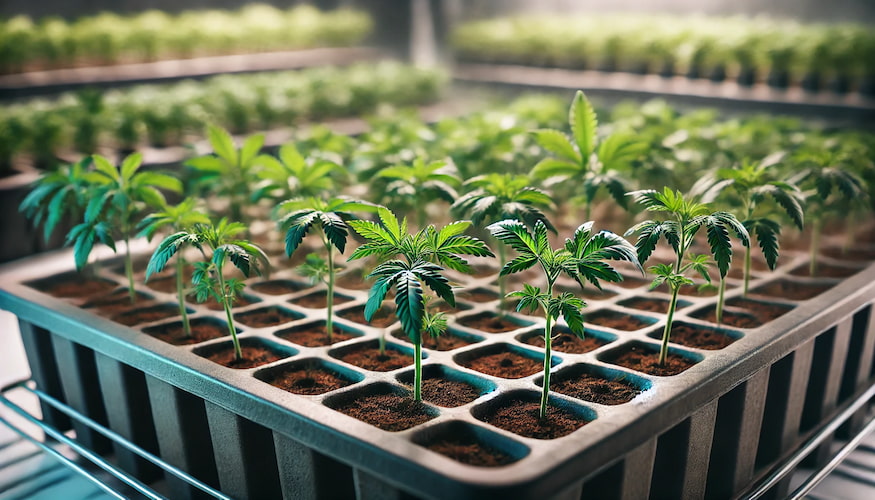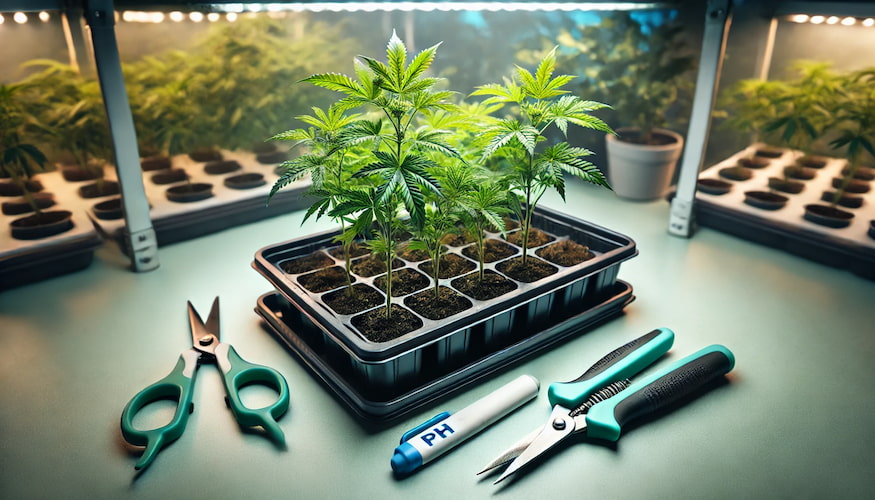Introduction: The Power of Light
What’s up, growers! James Bean from IWantClones.com here. When it comes to cannabis cultivation, light intensity is like the throttle on your grow operation. It determines how fast and how well your plants grow. Let’s shed some light on this crucial aspect of cannabis growing.
What is Light Intensity?
Light intensity refers to the amount of light energy reaching your plants. It’s typically measured in:
- PPFD (Photosynthetic Photon Flux Density): μmol/m²/s
- Lux: For human-visible light (less accurate for plants)
Optimal Light Intensity by Growth Stage
Cloning/Rooting Stage
- PPFD: 200-400 μmol/m²/s
- Why: Lower intensity prevents stress on fragile clones
Vegetative Stage
- PPFD: 400-600 μmol/m²/s
- Why: Encourages strong, healthy growth without light burn
Flowering Stage
- PPFD: 600-1000 μmol/m²/s
- Why: Higher intensity promotes dense bud formation
Measuring Light Intensity
- PAR Meter: Most accurate for measuring PPFD
- Lux Meter: Budget-friendly but less accurate for plant growth
- Smartphone Apps: Convenient but not as accurate as dedicated devices
Factors Affecting Light Intensity
- Distance from Light Source: Intensity decreases with distance
- Reflective Surfaces: Can increase effective intensity
- Light Spread: Even coverage is crucial for consistent growth
- Cleanliness of Lights: Dust can reduce output
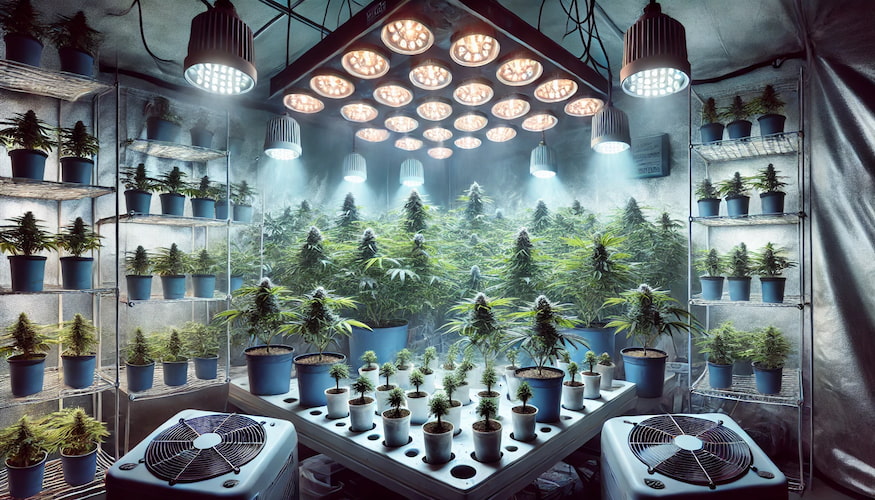
Signs of Incorrect Light Intensity
Too Much Light
- Leaf bleaching or burning
- Curled or crispy leaf edges
- Stunted growth
Too Little Light
- Stretching (elongated stems)
- Pale or yellowing leaves
- Slow growth
- Small, airy buds
Adjusting Light Intensity
- Raising/Lowering Lights: Primary method of adjustment
- Dimming: If your lights have this feature
- Adding/Removing Lights: For larger adjustments
- Using Screens: To diffuse intense light
Advanced Intensity Techniques
Light Stress Training (LST)
- Gradually increase intensity to build tolerance
Intensity Ramping
- Slowly increase intensity throughout the growth cycle
Targeted Lighting
- Use supplemental lights to boost intensity in specific areas
The Relationship Between Intensity and Other Factors
- CO2 Levels: Higher intensity allows for increased CO2 utilization
- Temperature: Higher intensity often means more heat management
- Watering: Increased intensity may require more frequent watering
Conclusion: Illuminating Your Way to Success
Mastering light intensity is crucial for maximizing your cannabis yields and quality. Remember, more isn’t always better—it’s about finding the right balance for your specific strains and grow setup.
Happy growing, and may your garden always be perfectly lit!

